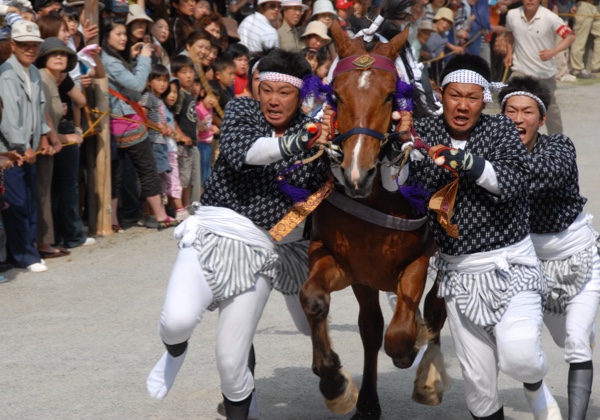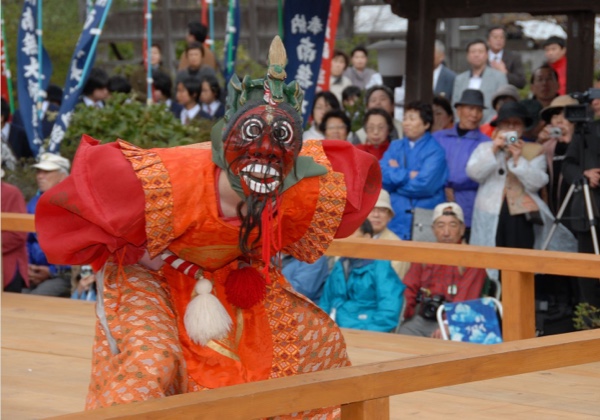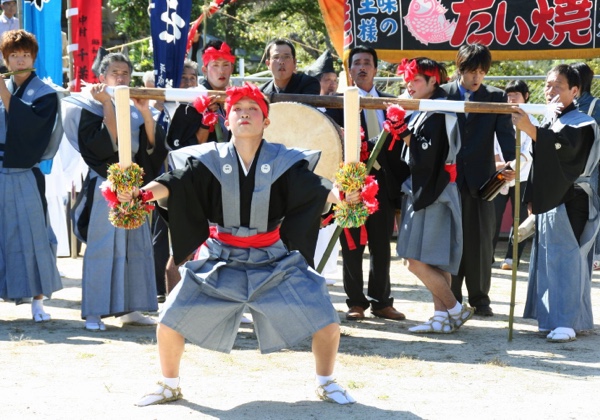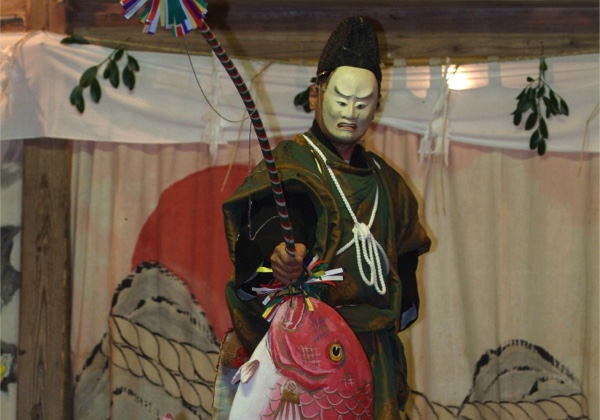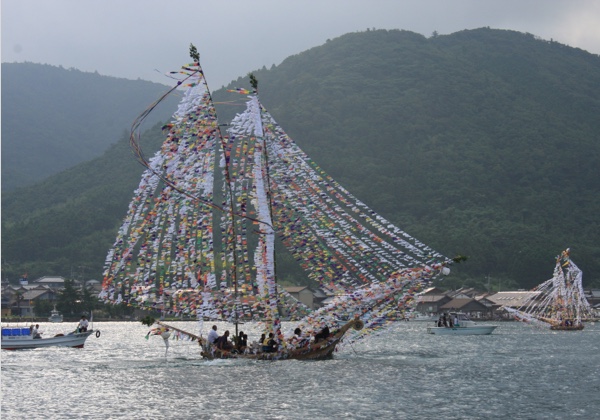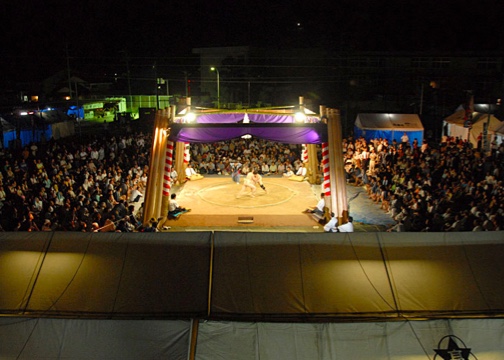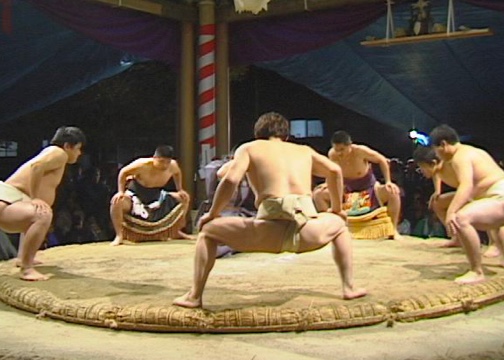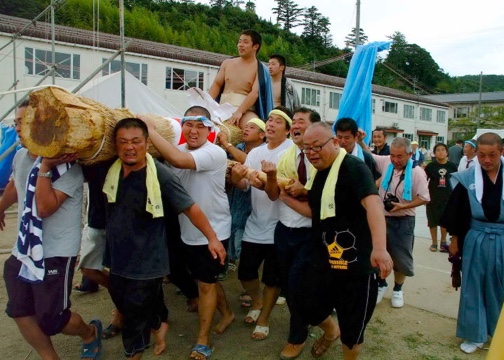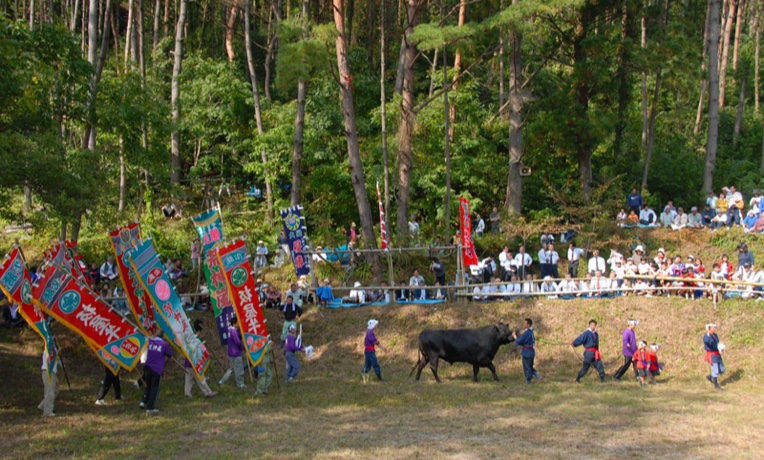The landscapes of the Oki Islands hold places where visitors can feel the roots of religion.
Even today, festivals and shrines on the islands preserve the form of old beliefs (worship of mountains and sacred trees), which became the basis for Shinto, the endemic Japanese religion.
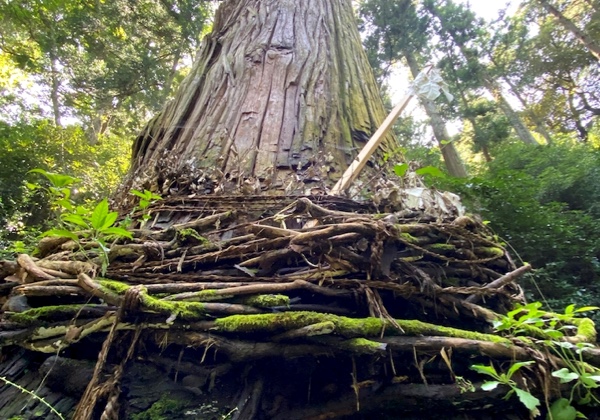
Ōyama Shrine
Located in the Fuse area of Dōgo Island, Ōyama Shrine has no building within its grounds. Beyond the torii gate stands a 400-year-old sacred Japanese cedar tree, and the mountain itself is considered a shrine.
At this shrine, a ritual is carried out in which a hardy kiwi vine (Actinidia arguta) is wrapped around the sacred tree seven and a half times. This ritual expresses gratitude for the blessings bestowed by the mountain and its nature, as well as prayers for safety during moutain work and the prosperity of descendents.
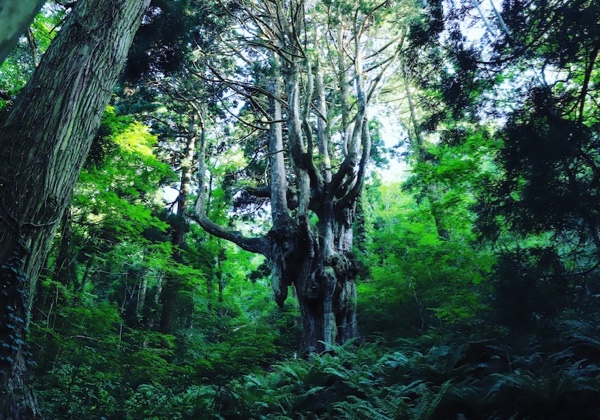
Iwakura Shrine
Not far from Ōyama Shrine you can find Chichi-sugi Japanese Cedar—one of the three giant Japanese cedar trees of Dōgo Island, which is considered sacred. Growing on the grounds of Iwakura Shrine, the tree itself is an object of worship. There is a torii gate, but no shrine buidlings.
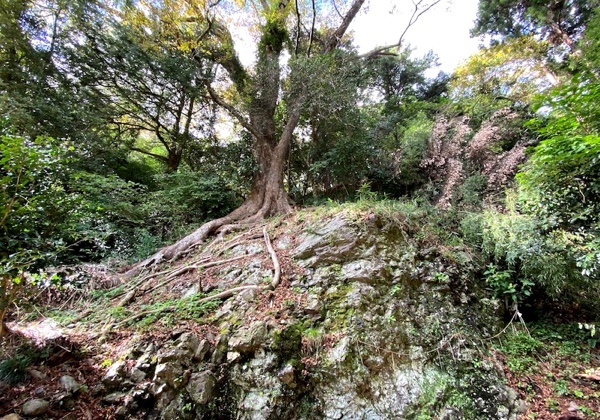
Ongyaku Shrine
Just like Ōyama Shrine and Iwakura Shrine, Ongyaku Shrine, located close to Chōshi Dam (Dōgo Island), features no shrine buildings. Beyond the torii gate grows a huge tree encircled with a sacred rope.


